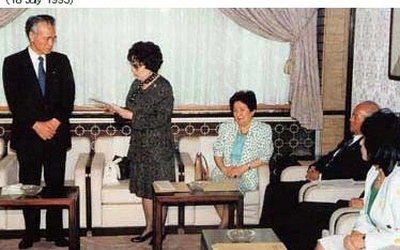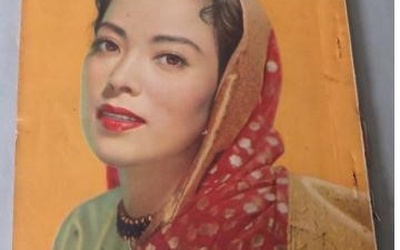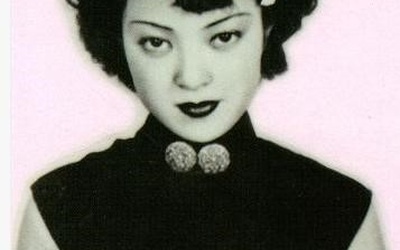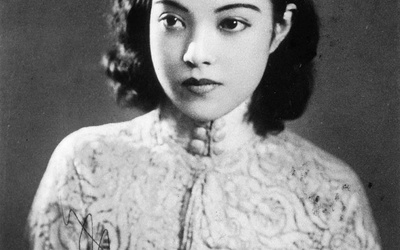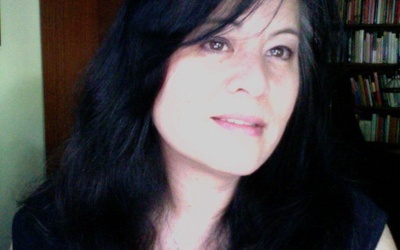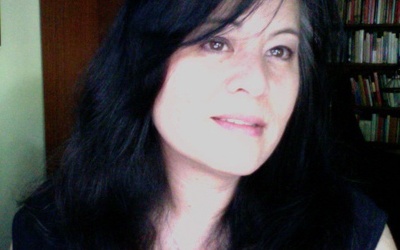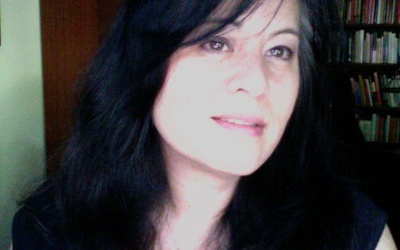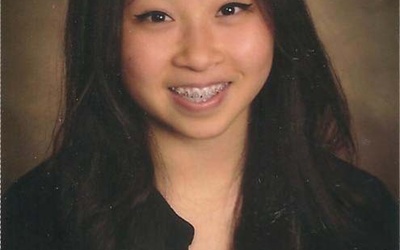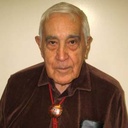
Edward Moreno
@o2gawaraAt 94, Ed Moreno has accumulated nearly seventy years of service in media- broadcast, newsprint, and magazines. Ed has received a number of accolades for his work, as writer, editor and translator. His torrid love affair with Japanese culture began in 1951 and it seems it will never cool off. He is currently writing a column on Japanese-Nikkei cultural and historical topics for the “Newsette,” the monthly organ of the East San Gabriel Valley Japanese Community Center, in West Covina, CA. Before its demise, The East magazine (Tokyo) published some of his original works. He also writes for “Transactions, the Journal of the prestigious Asiatic Society of Japan”
Updated May 2015
Stories from This Author
Orchid From The North - Part 5
Feb. 21, 2017 • Edward Moreno
Read Part 4 >> Again, we stray a bit from Yoshiko’s personal story to review the situation between China and Japan at the close of the Pacific War. Why? On the 75th anniversary of what President Roosevelt called “a date which will live in infamy” (December 7, 1941), many Western media outlets revisited the “safe versions” of World War II history—those that portray the Allies (China and Russia included) as icons of righteousness and Japan as a most ignoble country. …
Orchid From The North - Part 4
Feb. 13, 2017 • Edward Moreno
Read Part 3 >> China, for centuries adopted by Japanese poets and philosophers as their cultural beacon, had become a poor, filthy, confused, and opium-ridden mess, after years of autocratic government. After the death of the Empress Dowager Cixi (1835–1908), little seemed left to unite the nation.1 Internally, ambitious and brutal warlords arose everywhere, each one aiming to become “top dog.” Externally, every swashbuckler country seemed intent on devouring the immense country, whether piecemeal through concessions2 or in a single gulp by …
Orchid from the North - Part 3
Feb. 6, 2017 • Edward Moreno
Read Part 2 >> In each of the previous chapters, we have seen young Yoshiko get a few tastes of the real political world around her: the killing of a Chinese bandit, witnessed from her window; the massacre of an entire town to avenge the burning of a coal mine; and the local police’s wrecking of her best friend Liuba’s home. Consider for a moment the forces tugging from all directions at the girl’s psyche: her father’s demand that she …
Orchid from the North - Part 2
Jan. 30, 2017 • Edward Moreno
Read Part 1 >> “Fengtian was my castle of dreams,” we heard Yoshiko say in our previous chapter, and she had myriad reasons to feel that way. Fengtian, also known as Shenyang (and Mukden to Westerners), was evolving into a marvelous new city. This very old place—which Qing Dynasty founder Nurhaci1 (1559-1626) made his capital in 1625, converted into the center of Manchu China, and promptly discarded—had become China’s fourth largest city and its most significant northeastern economic center. During …
Orchid from the North - Part 1
Jan. 23, 2017 • Edward Moreno
Introduction On the 75th anniversary of the tragic bombing of Pearl Harbor, don’t you think it’s time to put to rest all the misinformation about Japan that is currently treated as “historical dogma?” One of the most blatant misconceptions, which really irks me as an insatiable history buff, is the shibboleth that relations between Japan and China have always been antagonistic and tragic, because Japan has been China’s eternal enemy and worst oppressor, and China its childlike, innocent perennial victim. …
Chasing Śākyamuni - Part 4 of 4
June 8, 2015 • Edward Moreno
Read Part 3 >> Writing on the Heart Thanks to the interviews with her consociates, Dr. Arai found numerous rituals, used by the interviewees, on their own interpretations of the Fourth Noble Truth that there is a path that leads to the end of suffering. Consociate Ms. Honda’s preferred the ritual of 写経 shakyo1, or sutra copying. In the Nihongi, we find the Buddhist practice of shakyo early in the long history of Japan. It started officially during Emperor Shomu’s …
Chasing Śākyamuni - Part 3 of 4
June 1, 2015 • Edward Moreno
Read Part 2 >> Bringing Zen Home —This book took root, Arai says, on December 18, 1996, the day my mother died. After months of listening to the whir of the oxygen machine, a vacuum of silence filled her bedroom. Even though I had known she would die, when I stood looking at the threshold of life and death, I felt as if any wrong move would send us off into an abyss of despair… How was I to insure my mother’s …
Chasing Śākyamuni - Part 2 of 4
May 25, 2015 • Edward Moreno
Read Part 1 >> Arai’s circuitous route to find the Buddha began at Kalamazoo, a “Christian-centered college,” where her major interest became Ethics. Coming from a church “very culturally activist, very concerned about social issues,” college was wonderful for the friendships, but disquieting for the practice of “Christianity” among those in the “Christian Fellowship” group on campus. In a world so complex and diverse as the current, holding to a “this is right—that is wrong,” position was unsettling. Arai began asking …
Chasing Śākyamuni - Part 1 of 4
May 18, 2015 • Edward Moreno
In the beginning… To: Dr. Paula K Arai, PhD ・ Associate Professor and Section Head of Religious Studies. Louisiana State University. Subject: Inquiry Dear Dr. Arai: Please excuse me for taking the liberty of contacting you without having been formally introduced. I’ve read with delight your recent book Bringing Zen Home, which impressed me enormously, since you deal with the issue of Zen from many brand-new and exciting angles. Your findings about Zen-at-home seem an ideal topic for a column; …
Takaramono
July 21, 2014 • Edward Moreno
Every time the Center [East San Gabriel Valley Japanese Community Center] had a big celebration, but especially at the Installation ceremonies, she would tell me, her lovely eyes wide open: —Aren’t these children marvelous? Don’t you wish every American kid were like them? Look at how they take care of the “seniors,” especially. I wish I could do something for them… She went without fulfilling this special wish of her heart, but I just couldn’t forget it; and that’s how …

